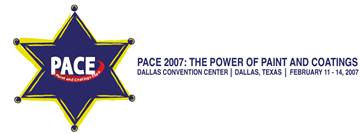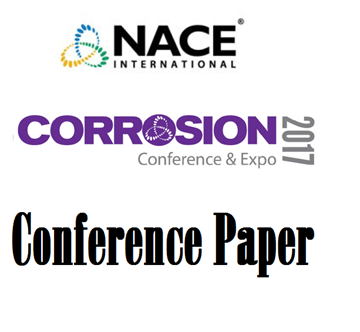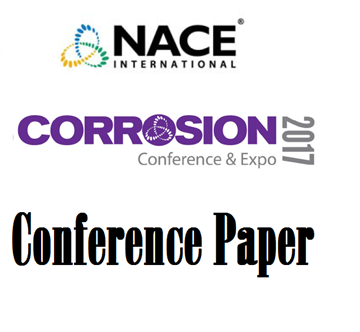Search
Conference Papers
View as
Sort by
Display
per page
Thermally Sprayed Corrosion Resistant Alloy Coatings on Carbon Steel for Use in Supercritical CO? Environments
Product Number:
51315-5939-SG
ISBN:
5939 2015 CP
Publication Date:
2015
$20.00
Thermo-Hygro-Mechanical Modeling Of ASR-Induced Degradation In A Reinforced Concrete Nuclear Containment Vessel
Product Number:
ED22-18345-SG
Publication Date:
2022
$20.00
They Want You - 4 Steps to Marketing & Communication Success
Product Number:
41207-323-SG
Publication Date:
2007
$20.00
Thick Film Coatings Applications - Specialty Applications
Product Number:
41209-466-SG
Publication Date:
2009
$20.00
Thickness Does Matter - The Use of Thick Linings In Industrial Applications
Product Number:
41205-186-SG
Publication Date:
2005
$20.00
Thin Sol-Gel Coatings for Fouling Mitigation in Heat Exchangers
Product Number:
51317--9168-SG
ISBN:
9168 2017 CP
Publication Date:
2017
$20.00
Thinning Of Inlet Piping To Reactor Effluent Air Condenser [REAC] Of Gas Oil Hydrotreating Unit - Case Study
Product Number:
51322-18007-SG
Publication Date:
2022
$20.00
Thiols as Volatile Corrosion Inhibitors for Top of the Line Corrosion
Product Number:
51317--9096-SG
ISBN:
9096 2017 CP
Publication Date:
2017
$20.00
Thiourea Derivatives As Steel Corrosion Inhibitors: Density Functional Theory and Experimental Studies
Product Number:
51319-13317-SG
Publication Date:
2019
$20.00
Third Generation Polysiloxane Coatings For Elevated Temperature; Field Performance
Product Number:
51322-18044-SG
Publication Date:
2022
$20.00
Third Generation Polysiloxane CUI Coatings And Sprayable Insulation For Hot, Cold And Cyclic Service; Lab Testing And Five Years Of Field Experience
Product Number:
51321-16759-SG
Publication Date:
2021
$20.00
Thirty Days to Coat a Bridge - How a Contractor met a Short Deadline, Reduced Project Coasts Through Energy-Efficient Air Treatment Equipment
Product Number:
41209-518-SG
Publication Date:
2009
$20.00









![Thinning of Inlet Piping to Reactor Effluent Air Condenser [REAC] Of Gas Oil Hydrotreating Unit - Case Study Thinning of Inlet Piping to Reactor Effluent Air Condenser [REAC] Of Gas Oil Hydrotreating Unit - Case Study](https://nacestoreimages.blob.core.windows.net/images-thumbs/0088973_thinning-of-inlet-piping-to-reactor-effluent-air-condenser-reac-of-gas-oil-hydrotreating-unit-case-s_360.png)




